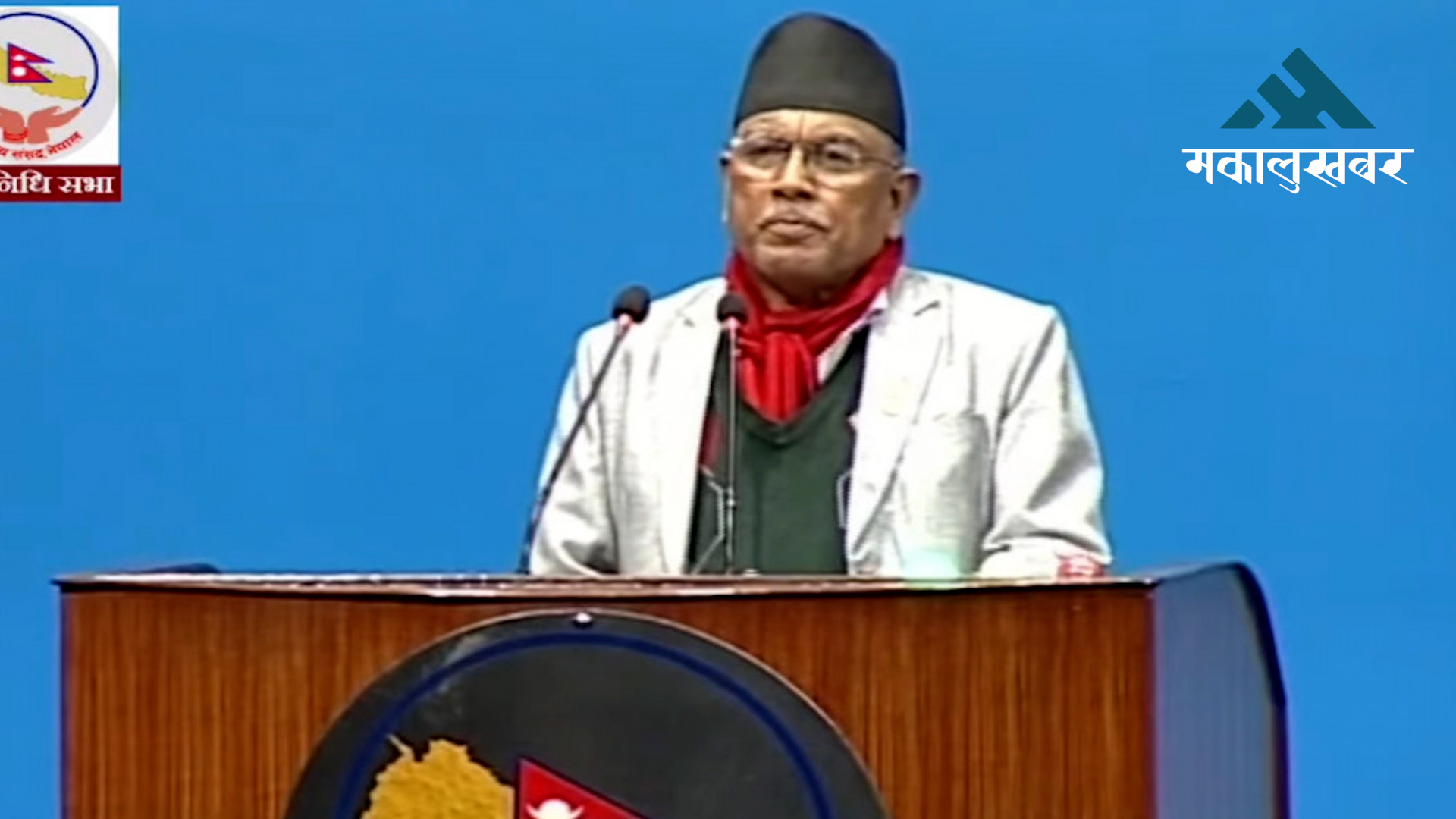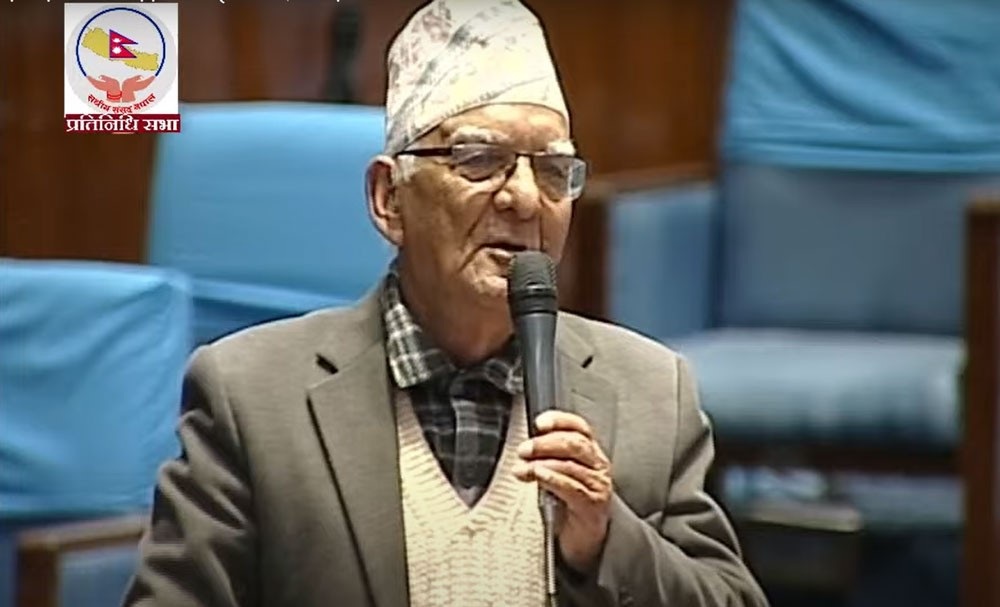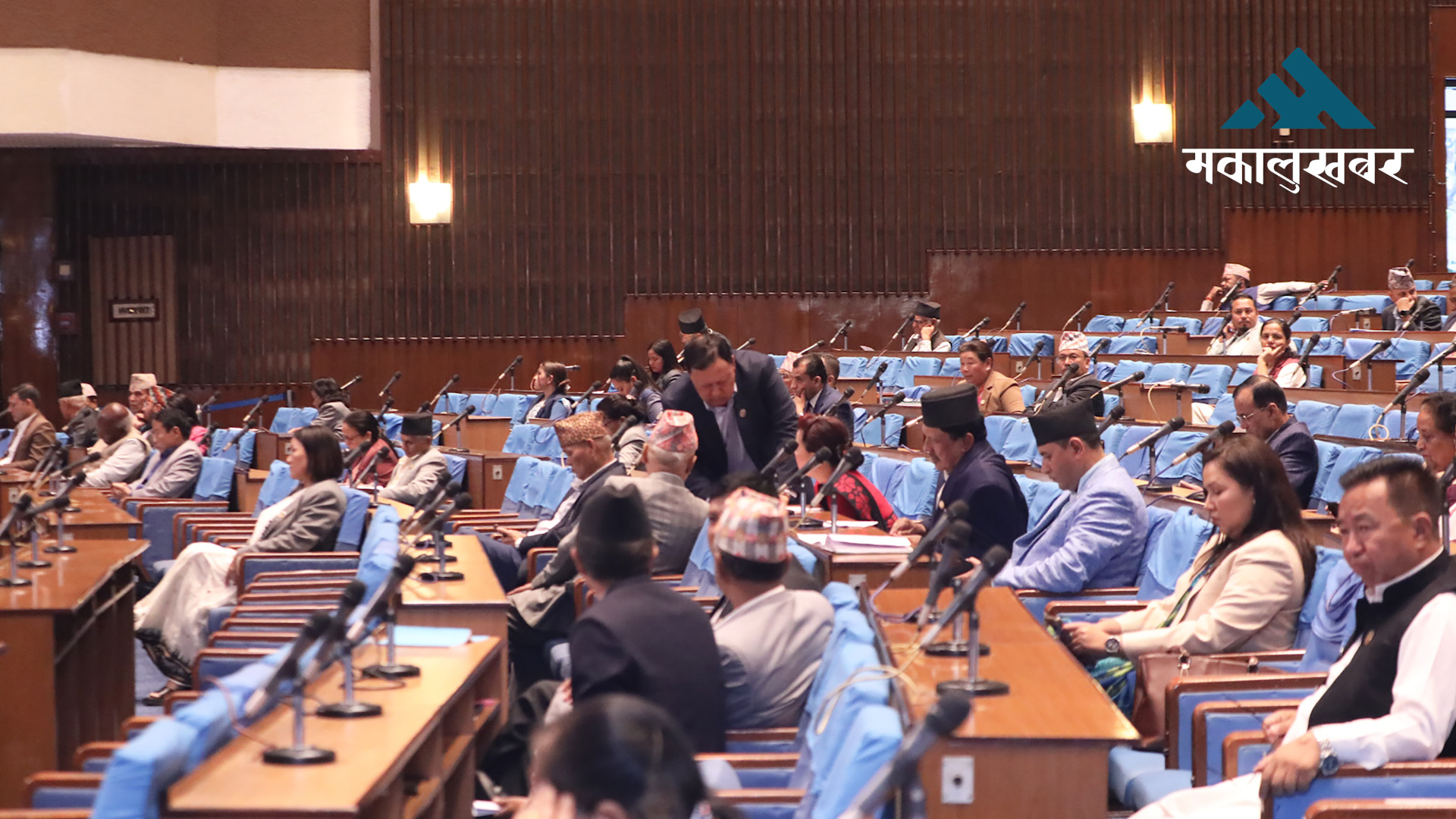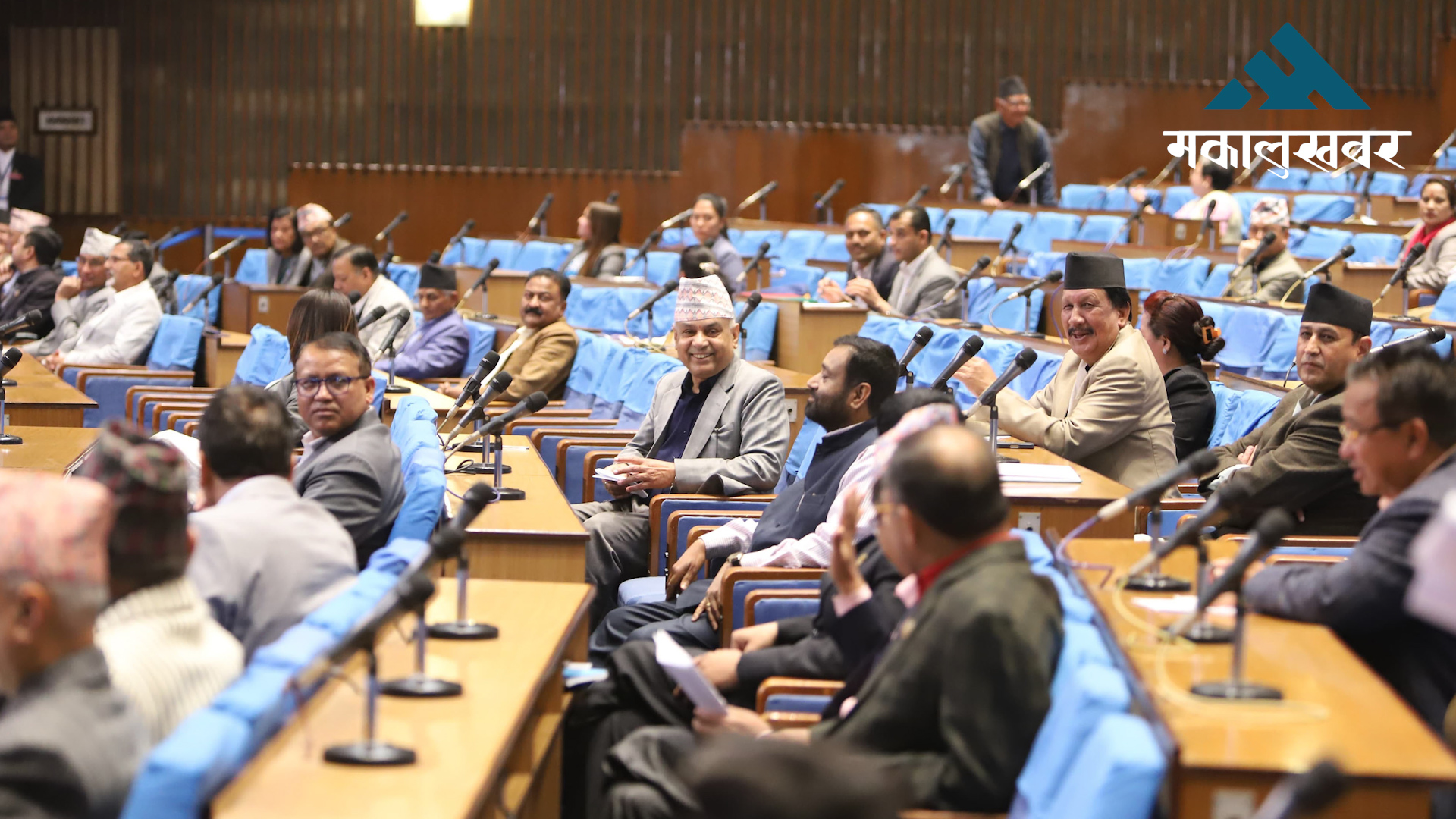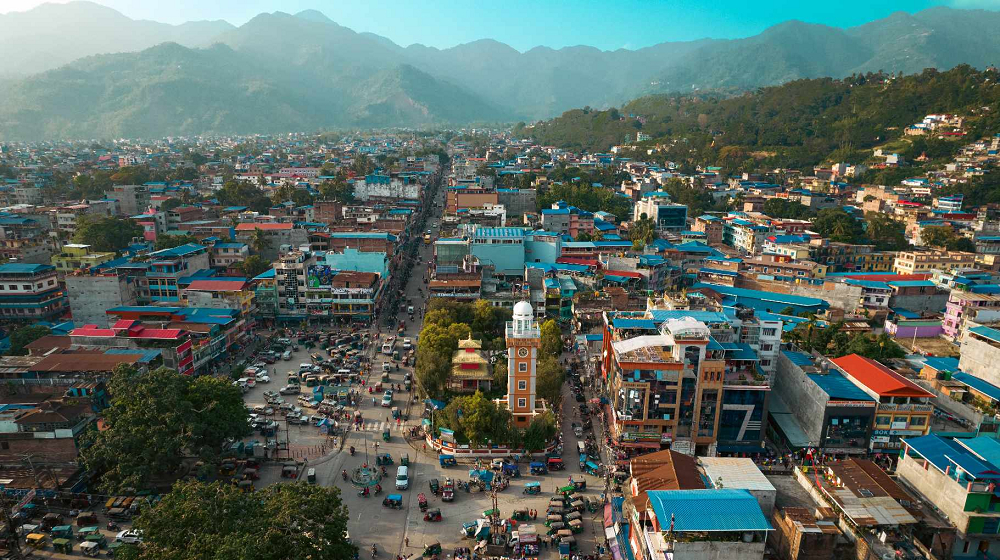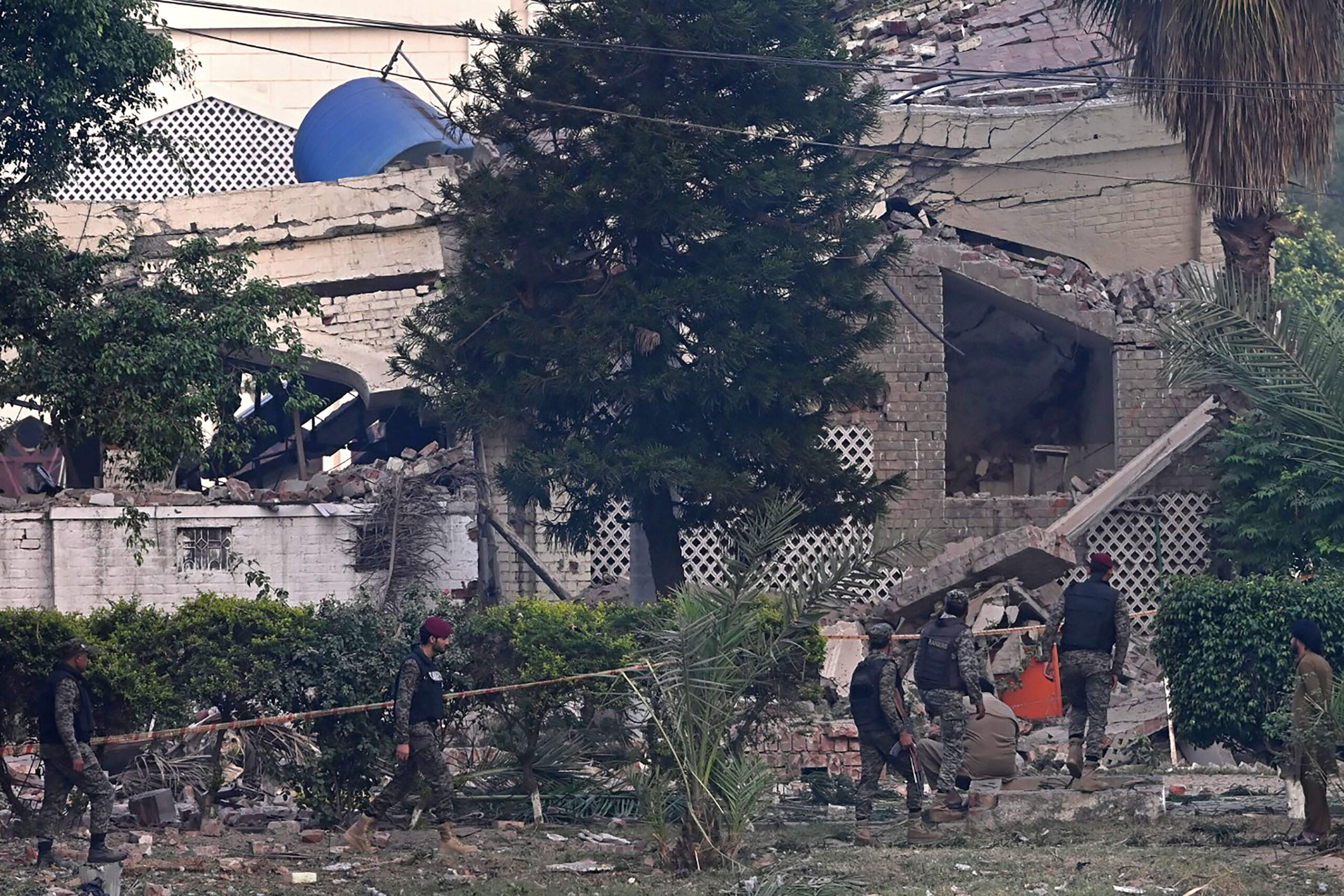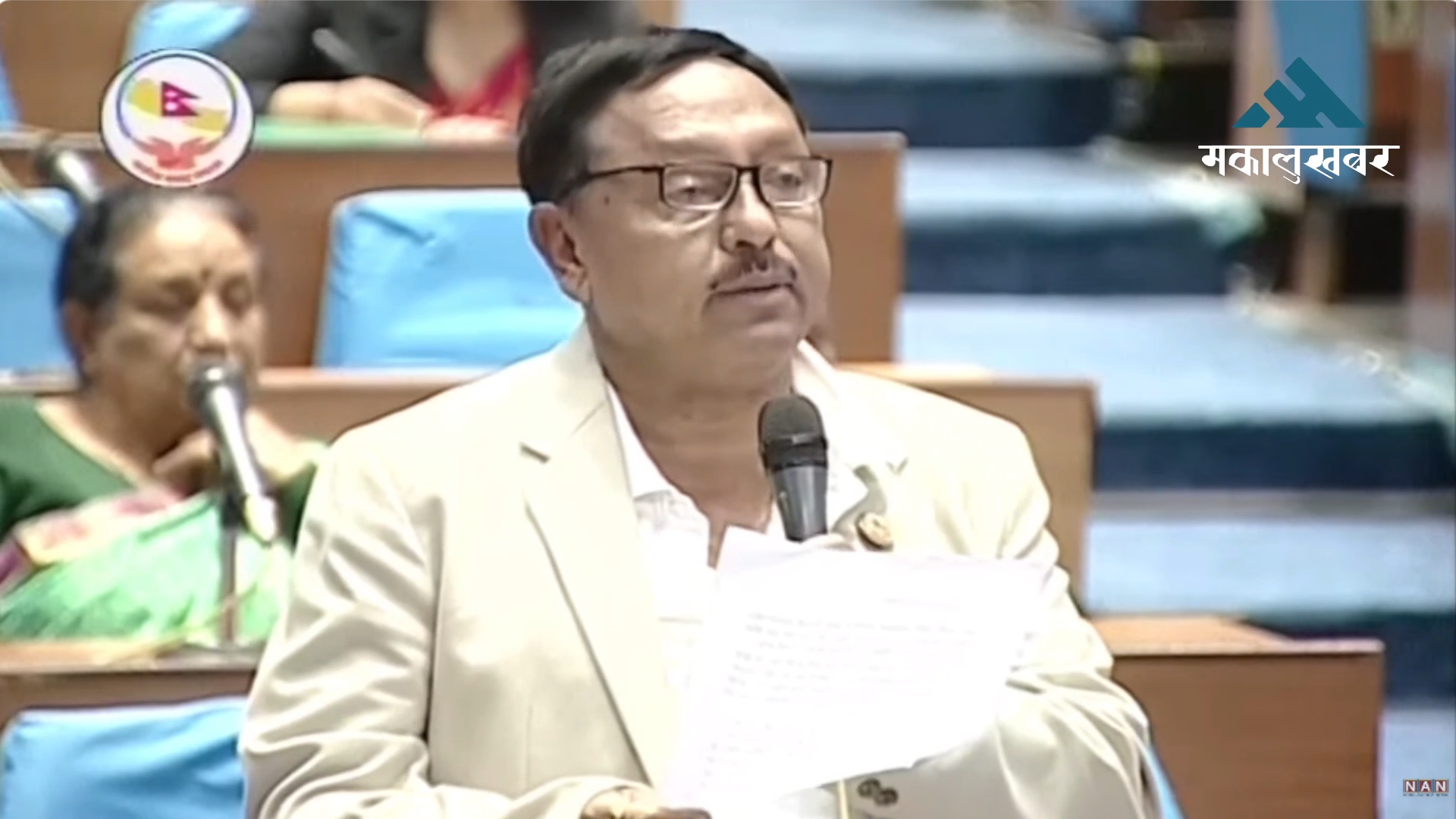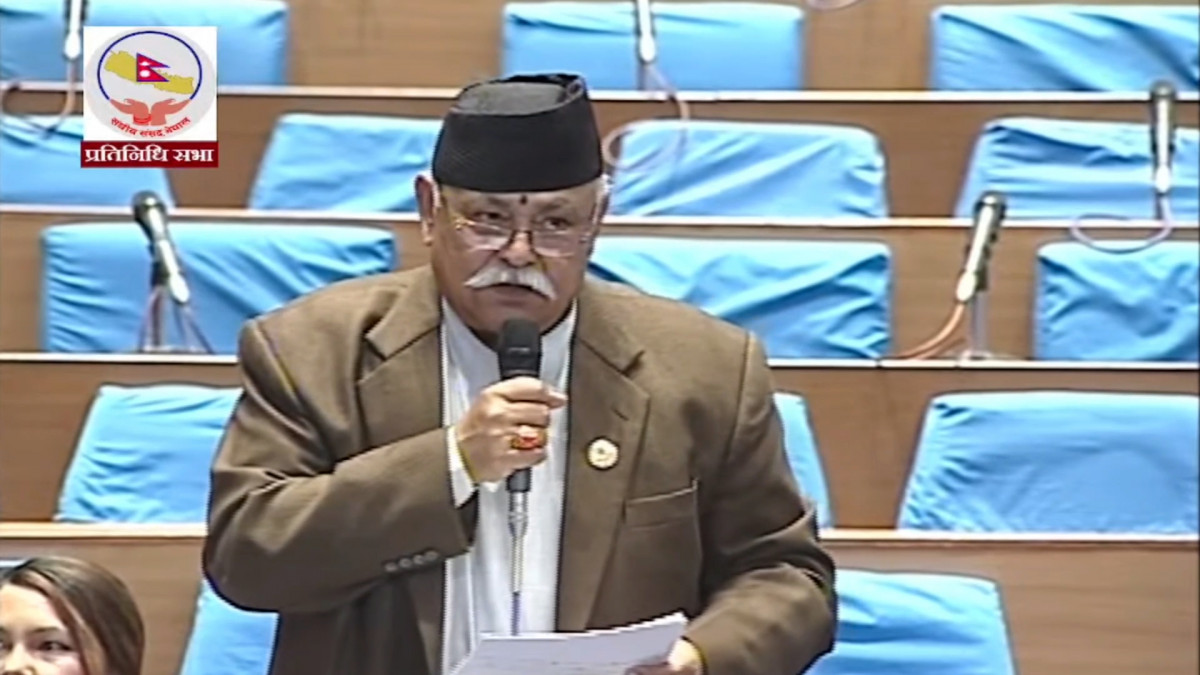Stinky Kathmandu: Garbage-filled roads and sidewalks, where to walk from?
As a result of Kathmandu Metropolitan City (KMC) and other private sectors failing to perform regular final garbage management, garbage began to appear everywhere on the road.
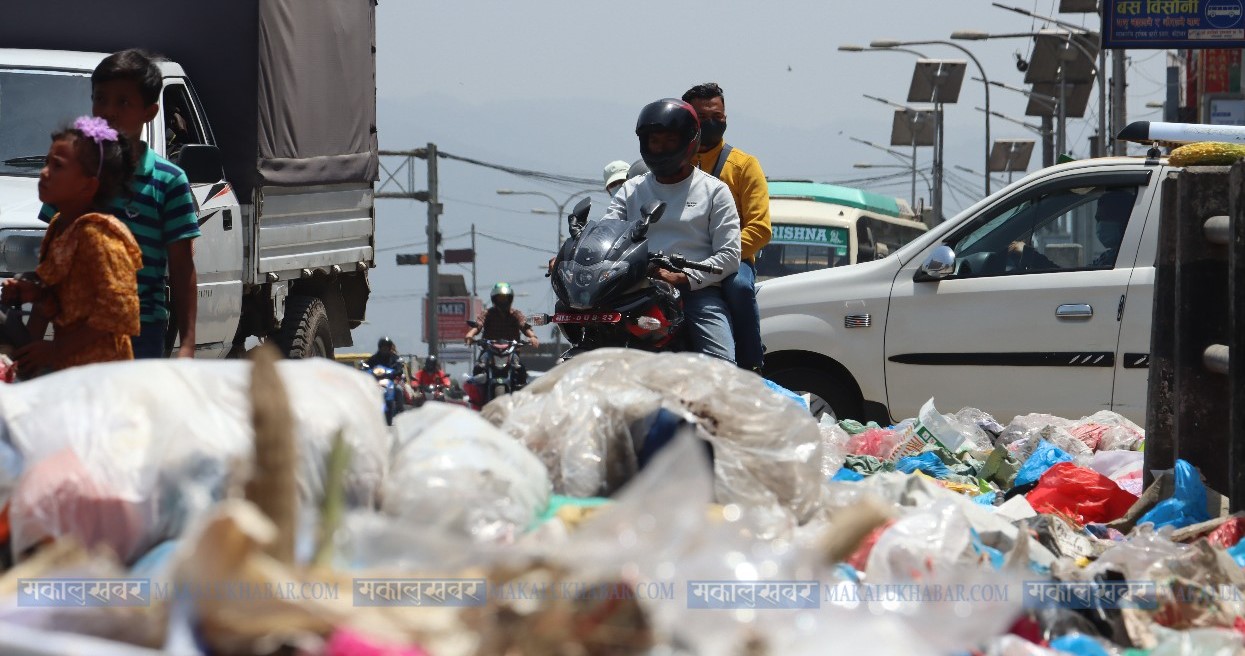
KATHMANDU: Garbage has been piling up on Kathmandu’s streets for two months, making it difficult for residents to move around.
As a result of Kathmandu Metropolitan City (KMC) and other private sectors failing to perform regular final garbage management, garbage began to appear everywhere on the road.
As of the long-standing piles of garbage, the main roads of Kathmandu, Kalanki, Kalimati, Teku, Anamnagar, Baneshwor, Thapagaon, Koteshwor, and other places have been a problem.
According to KMC, as the road leading from Sisdol to Bancharedanda has not been repaired, garbage has begun to pile up in Kathmandu’s main square, making garbage management impossible.
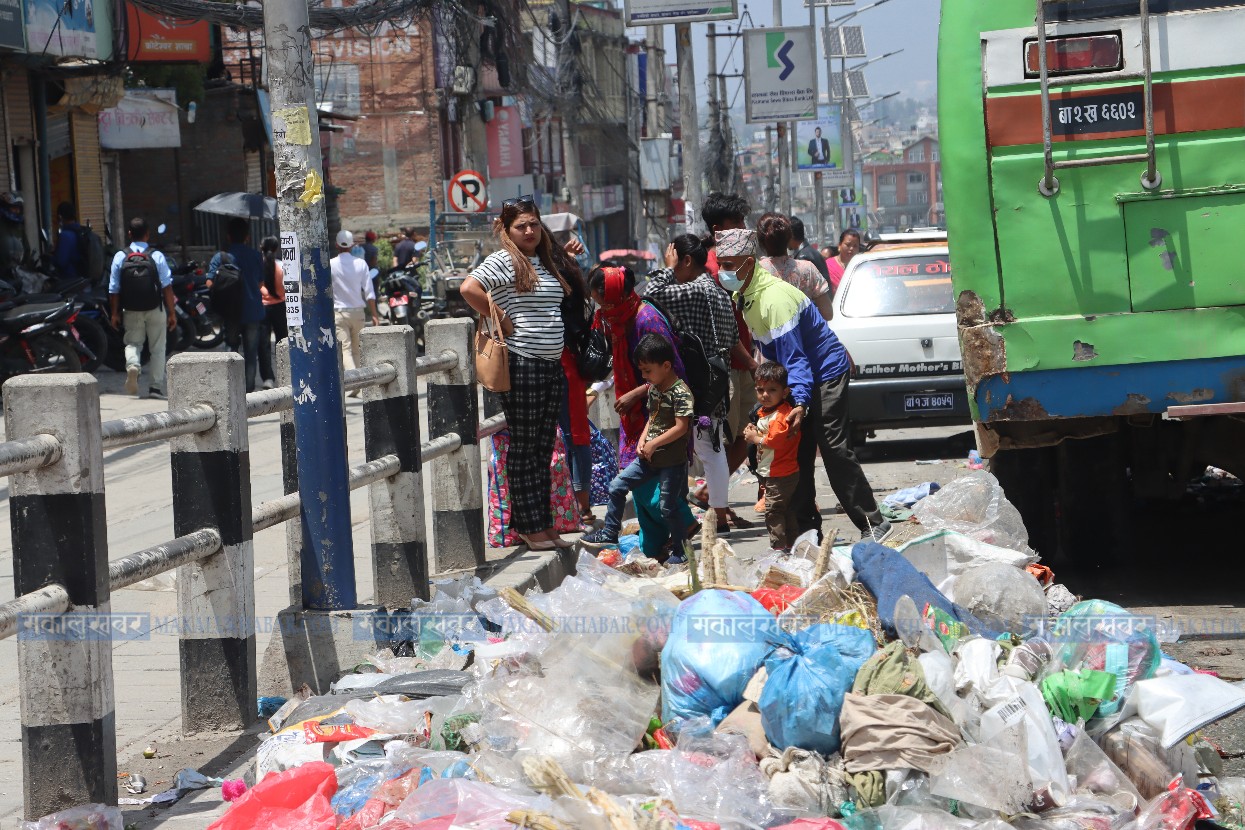
The KMC issued a public notice on July 20 asking residents not to throw garbage outside their homes for a week due to road maintenance work.
KMC spokesperson Nabin Manandhar stated that waste management is a problem because road repair work is not being completed within a week. He stated that it will be difficult to manage the garbage of all locations as the repair work on the said road will take longer.
Similarly, Bancharedanda residents have warned that they will not allow waste management beginning August 1st, claiming that the work is not being completed in accordance with the agreement. Local residents have warned that they will not allow the garbage to be managed, citing the fact that the road repair work was not completed on time, the container for the garbage carrying garbage (leached tank) was not arranged, and the locals’ health insurance and education guarantee were neglected.
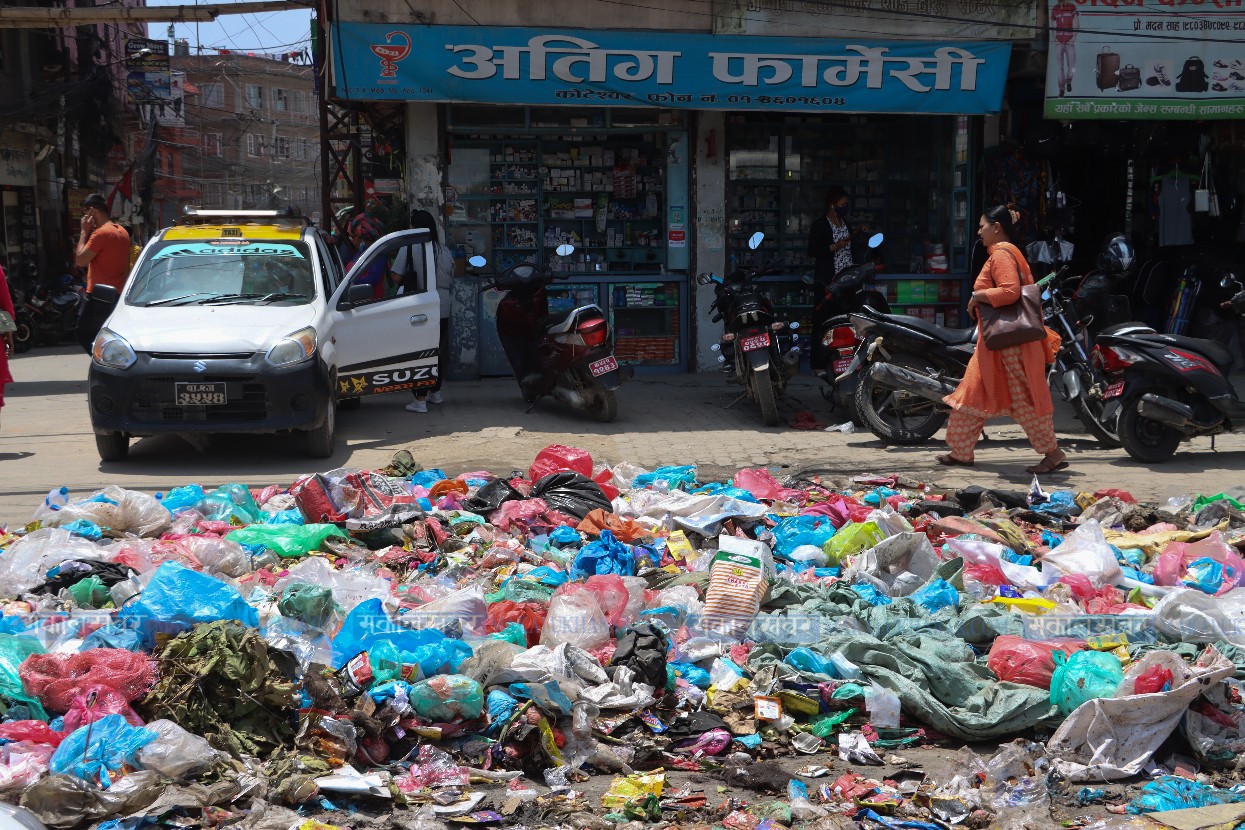
KMC stated that it is in the process of addressing the demands of Bancharedanda residents and that it is working to identify a location to manage the valley’s rotting waste. Land identification is said to be done in collaboration with other valley municipalities for this purpose.
Previously, Sisdol was managing 1,200 metric tons of valley waste every day. In Kampa, no more than 500 metric tons of garbage are released. At that location, approximately 75% of the waste emitted daily from the valley was managed.
According to environmentalist Bhushan Tuladhar, instead of abusing the people of the municipality or the landfill site, everyone should contribute to garbage separation in the kitchen. “The city’s waste can be managed sustainably through the implementation of policies, planning, and cooperation, and it should begin in the kitchen, not the home,” Tuladhar said.



